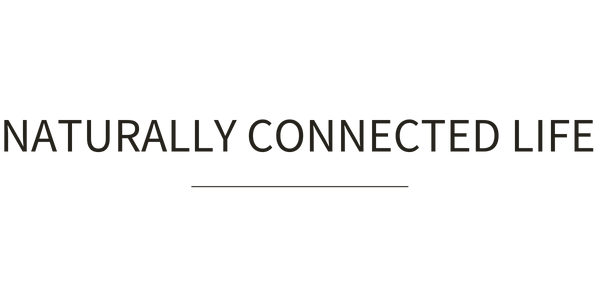Have you ever wondered why dinosaurs are extinct, but mammals survived and evolved? Think about this – mammals can provide basic nutrition like protein, fat, and carbs, along with everything an infant requires to survive before its own immune system and other regulatory processes are fully developed, through the mother’s milk.
But since the early 1900’s, the milk that we drink is pasteurized.
Pasteurization was a response to unsanitary, and quite frankly, disgusting milk processing conditions. These developed as people moved away from the farms and into the cities. Liquor distilleries actually became the first large-scale milk producers. They used spent grains from their alcohol production to feed the cows, which they kept chained up in the distillery basements.
The “milk” was swill, not really milk. It was blue and watery, so they added all kinds of crap to make it look white. But it resulted in increased infant mortality and widespread illness.
When a rural doctor visited New York City in the early 1900’s, he became incredibly ill after drinking the swill milk. He was able to get fresh, raw milk delivered from a nearby farm, and he was quickly restored to health.
Most people couldn’t afford to get the fresh milk delivered from the farms like this doctor. Instead, the government stepped in and mandated pasteurization of all milk, completely negating the health benefits known to be related to drinking raw milk.
Pasteurization laws not only perpetuated terrible practices, it reduced competition. Because pasteurization was so expensive, small farms were forced to sell to larger distributors who could afford the infrastructure.
This led to consolidation of the dairy industry under just a few large processors, who gained leverage over the small producers. They were also able to exert more influence over laws and regulations to further reduce competition.
Many of these laws and regulations have been in place nearly 100 years. They have not adapted to modern advancements improving sanitation even for small family farms!
That is why these laws vary from state to state. There are no reliable cases of illness from the consumption of raw milk in several decades.
Now that you understand the history of compulsory pasteurization, part 2 will discuss the differences between raw and pasteurized.

